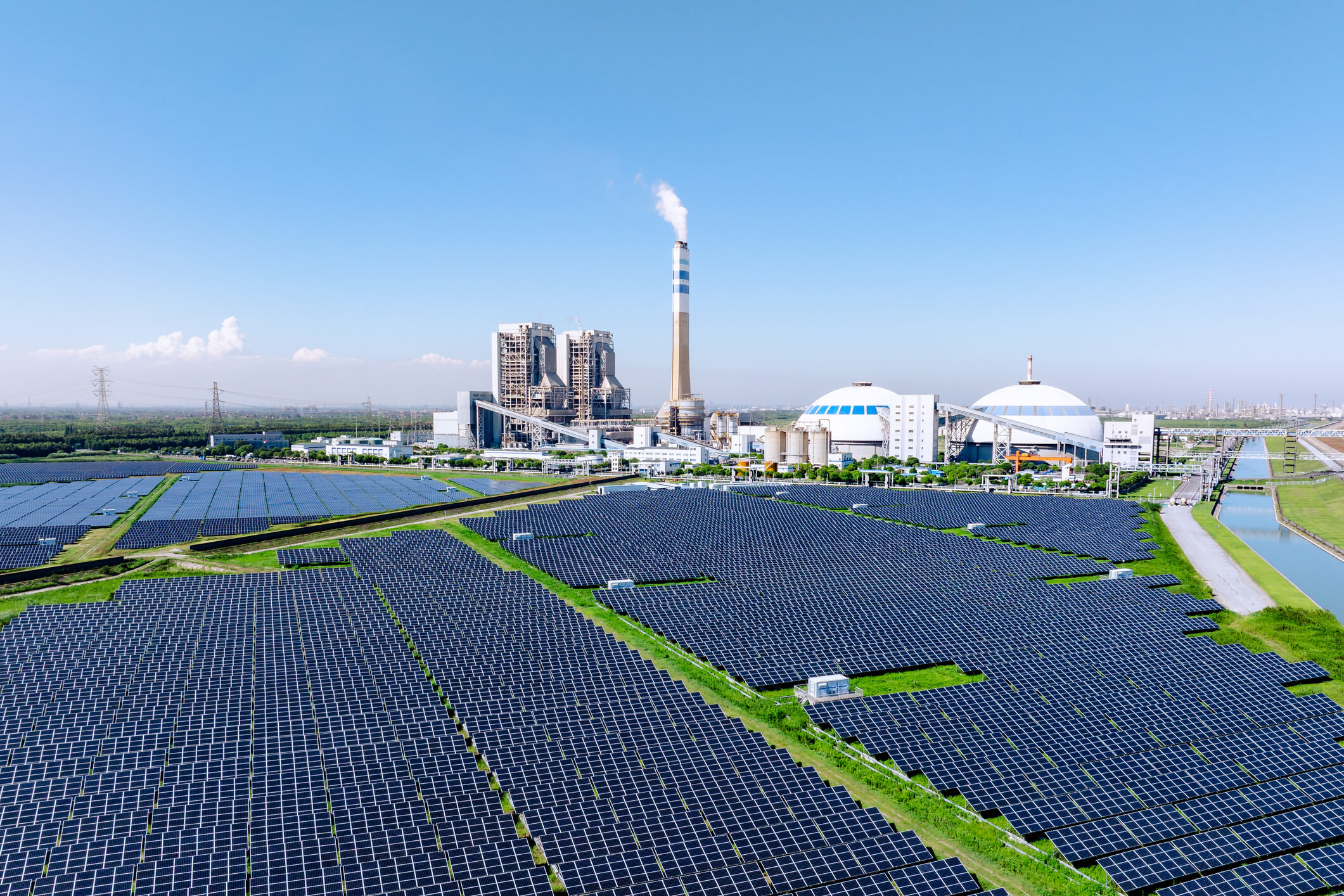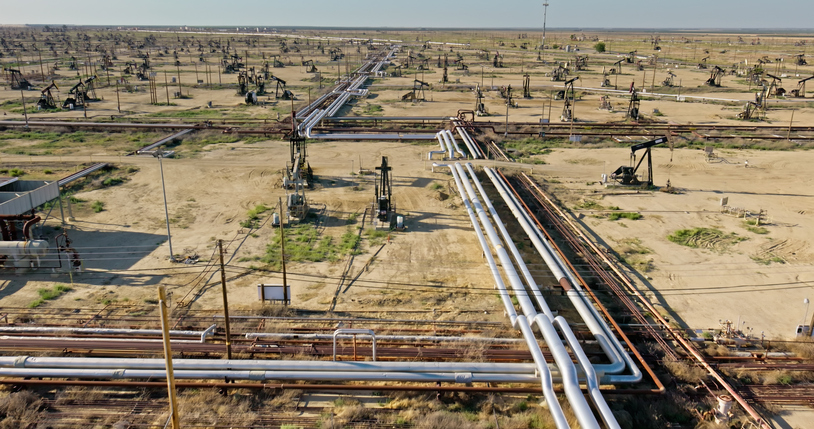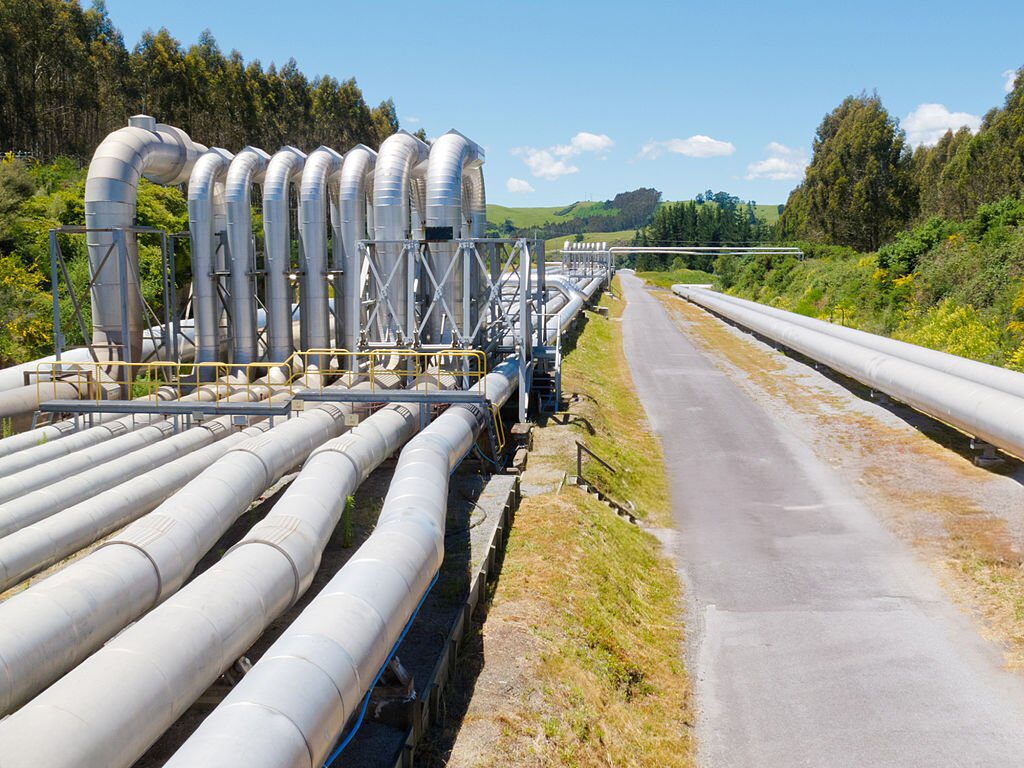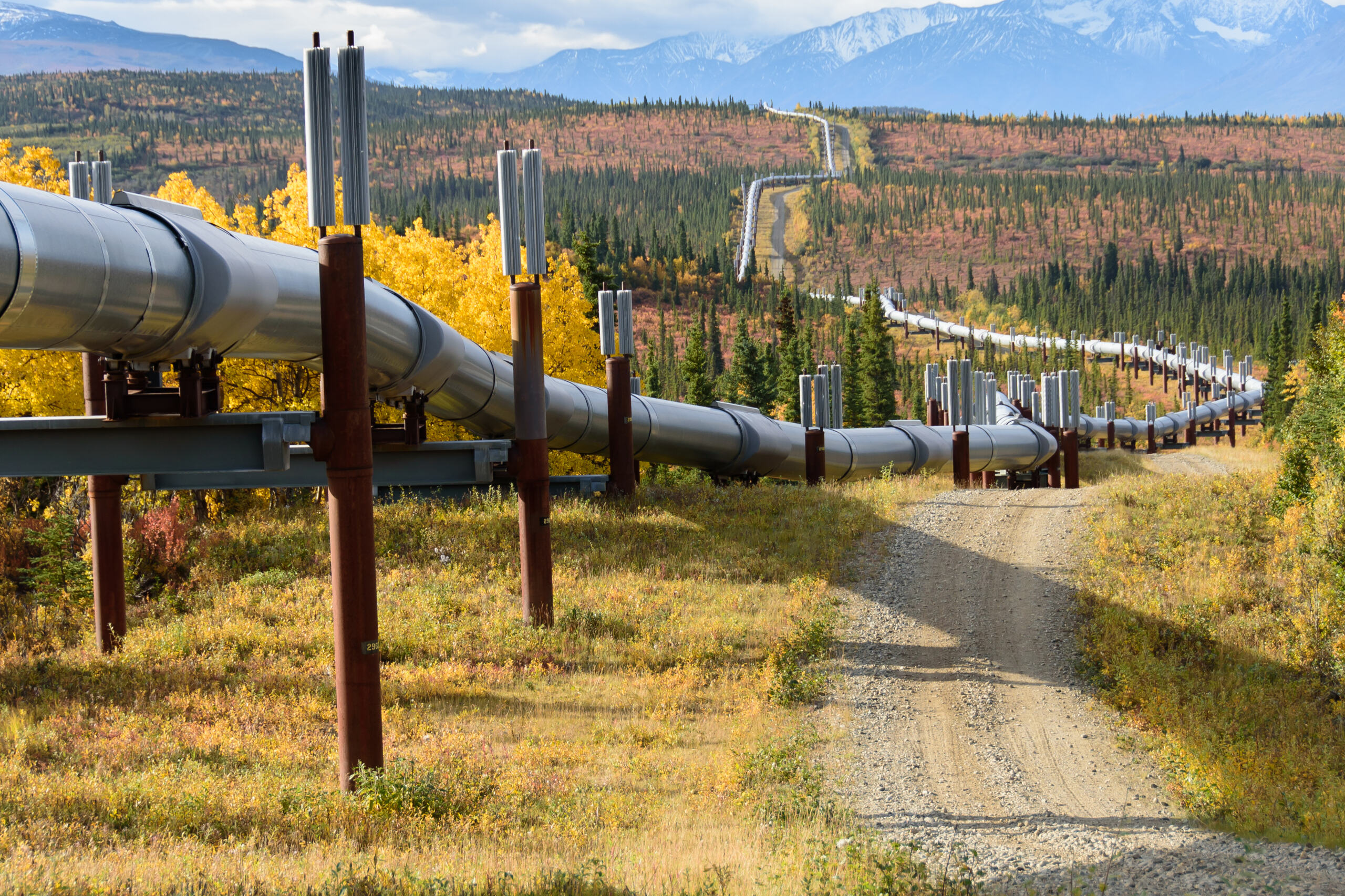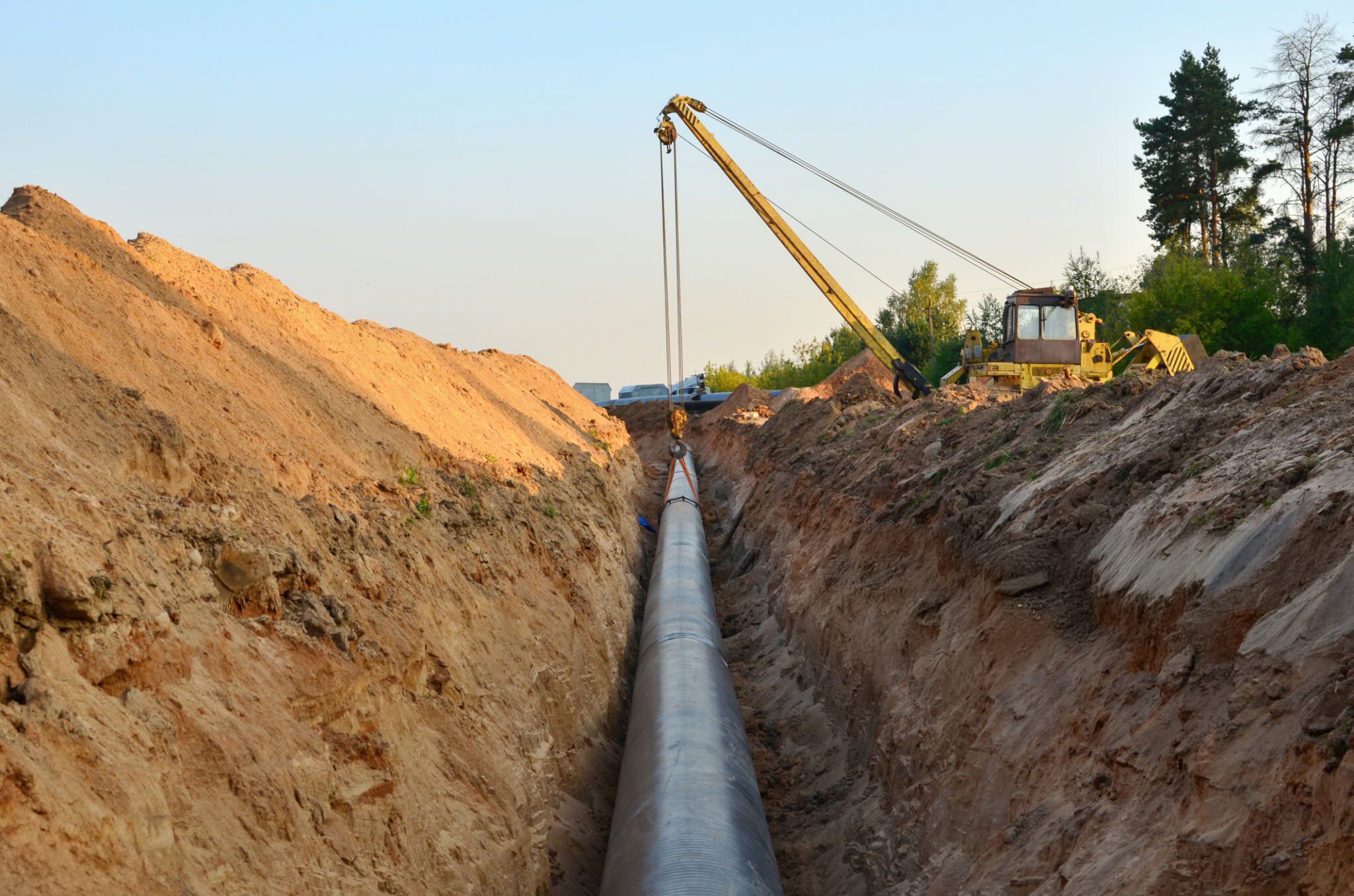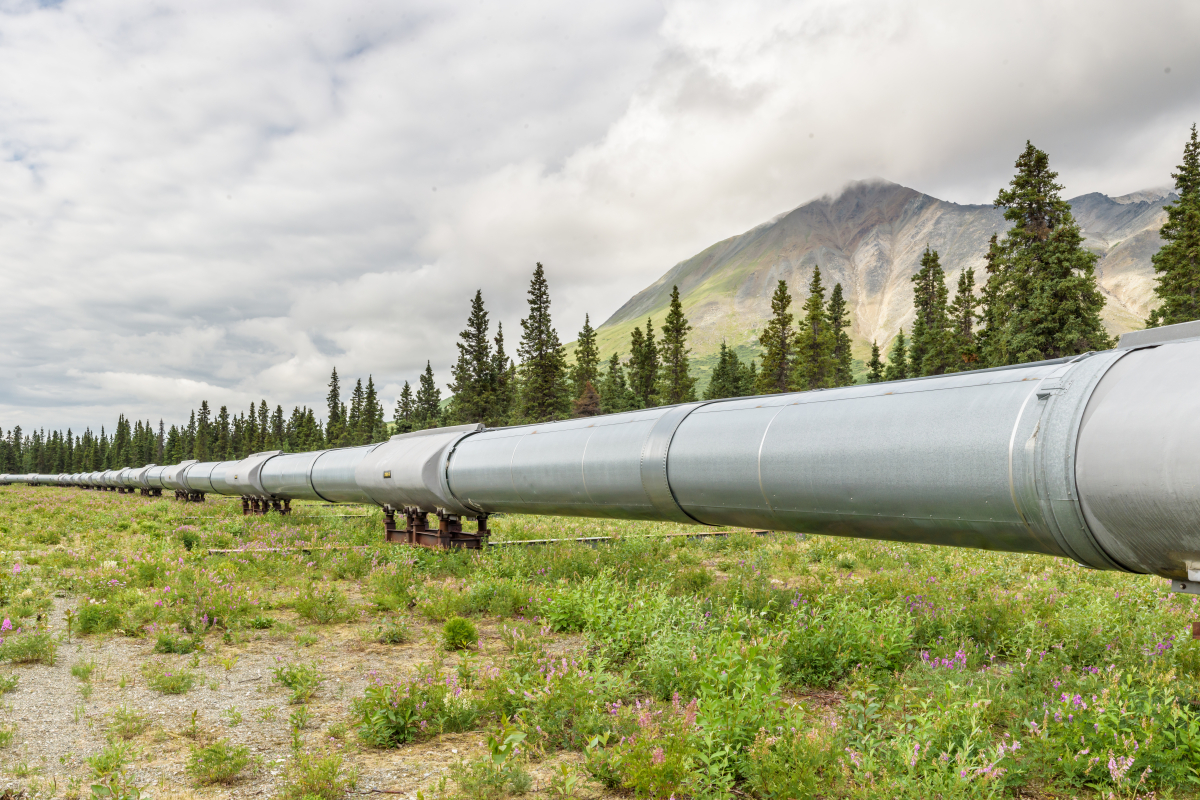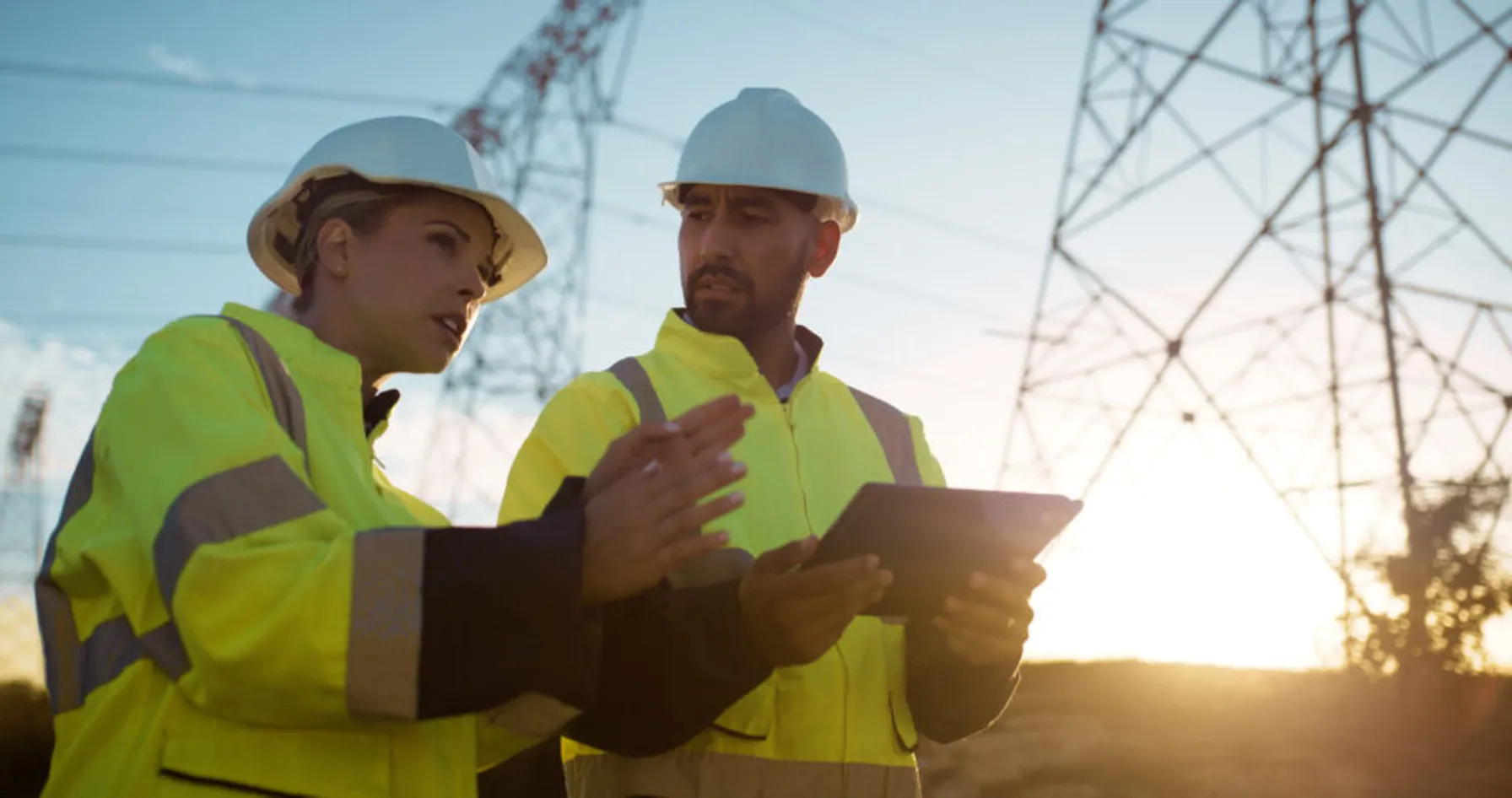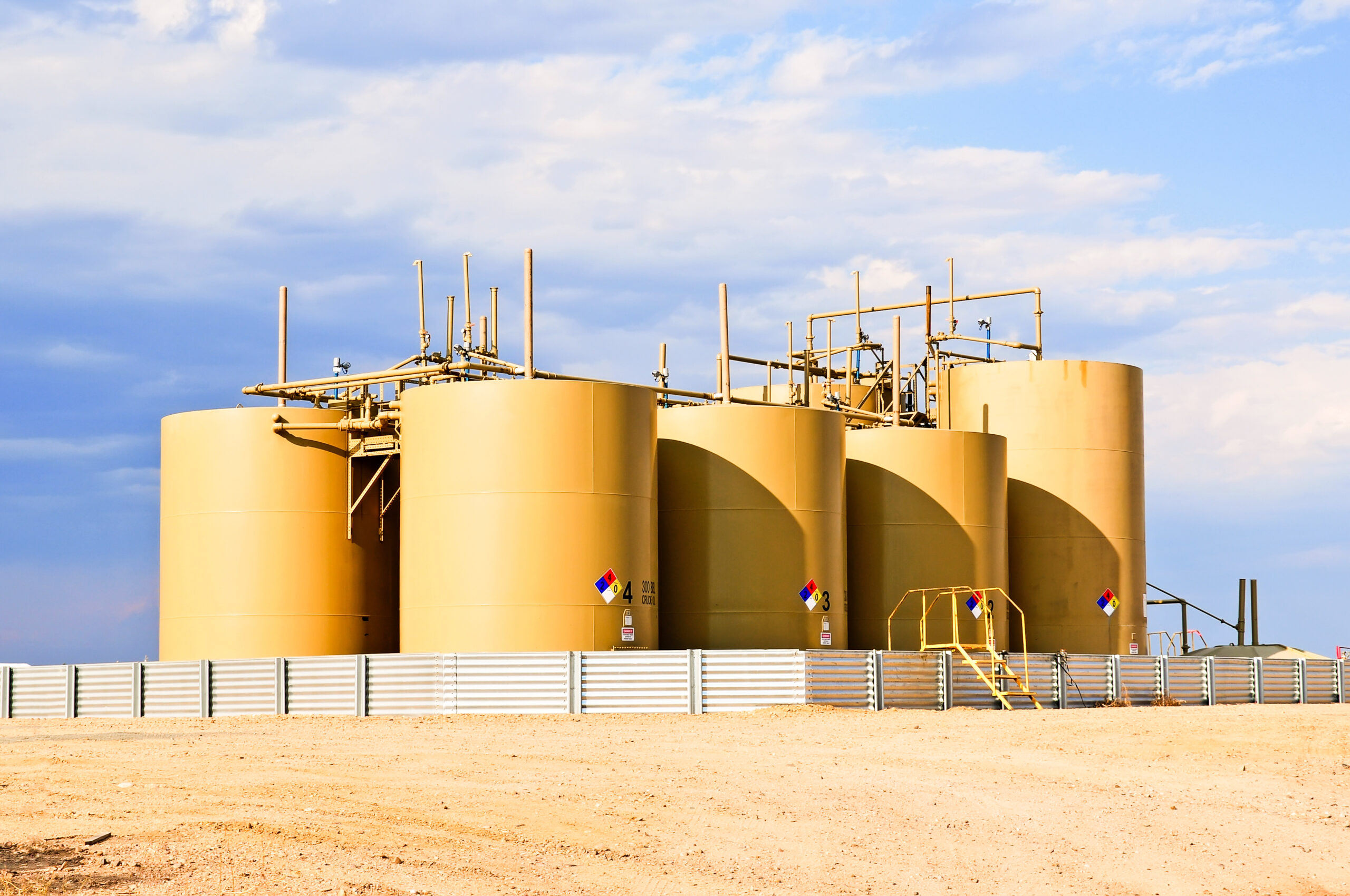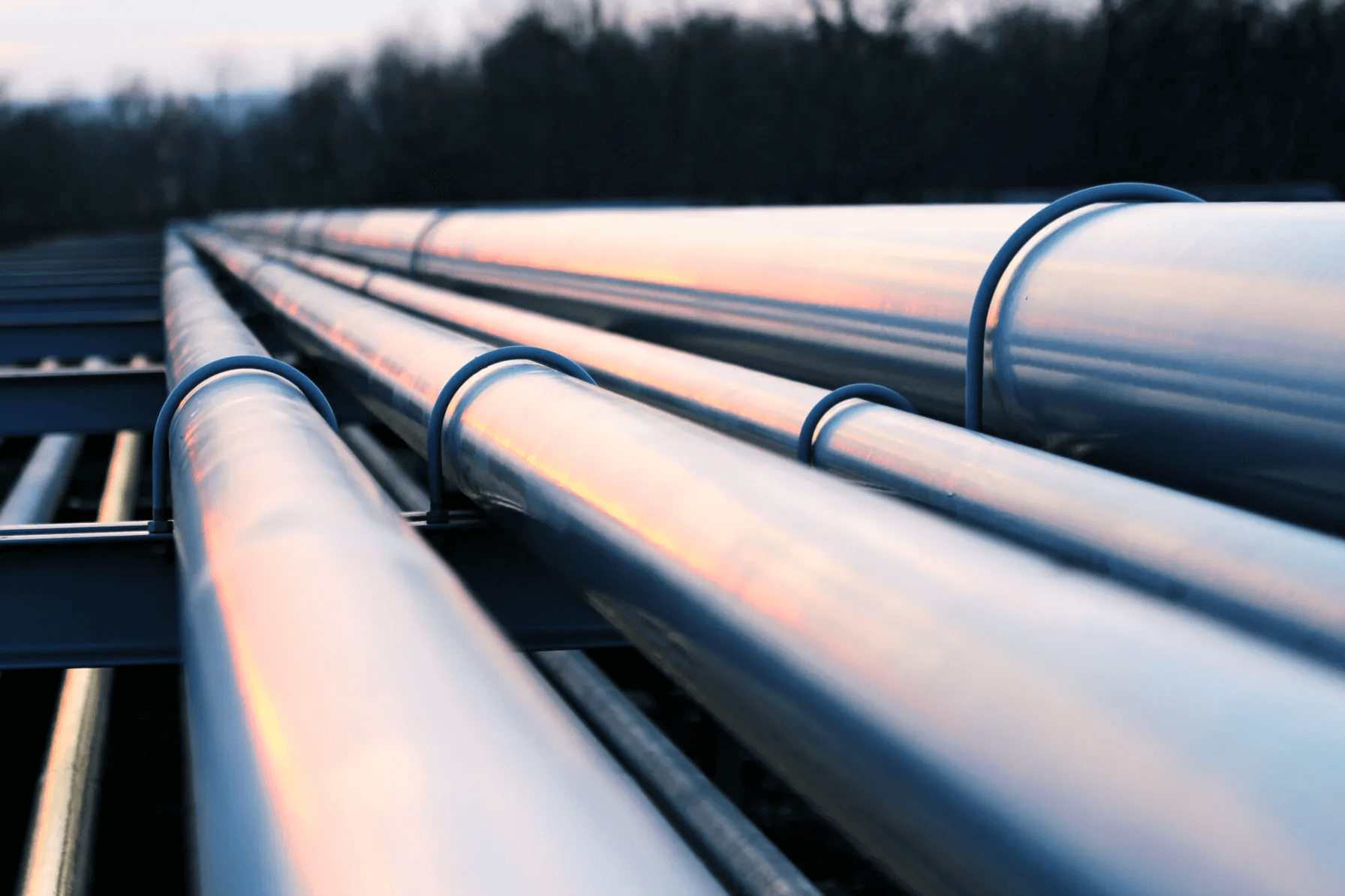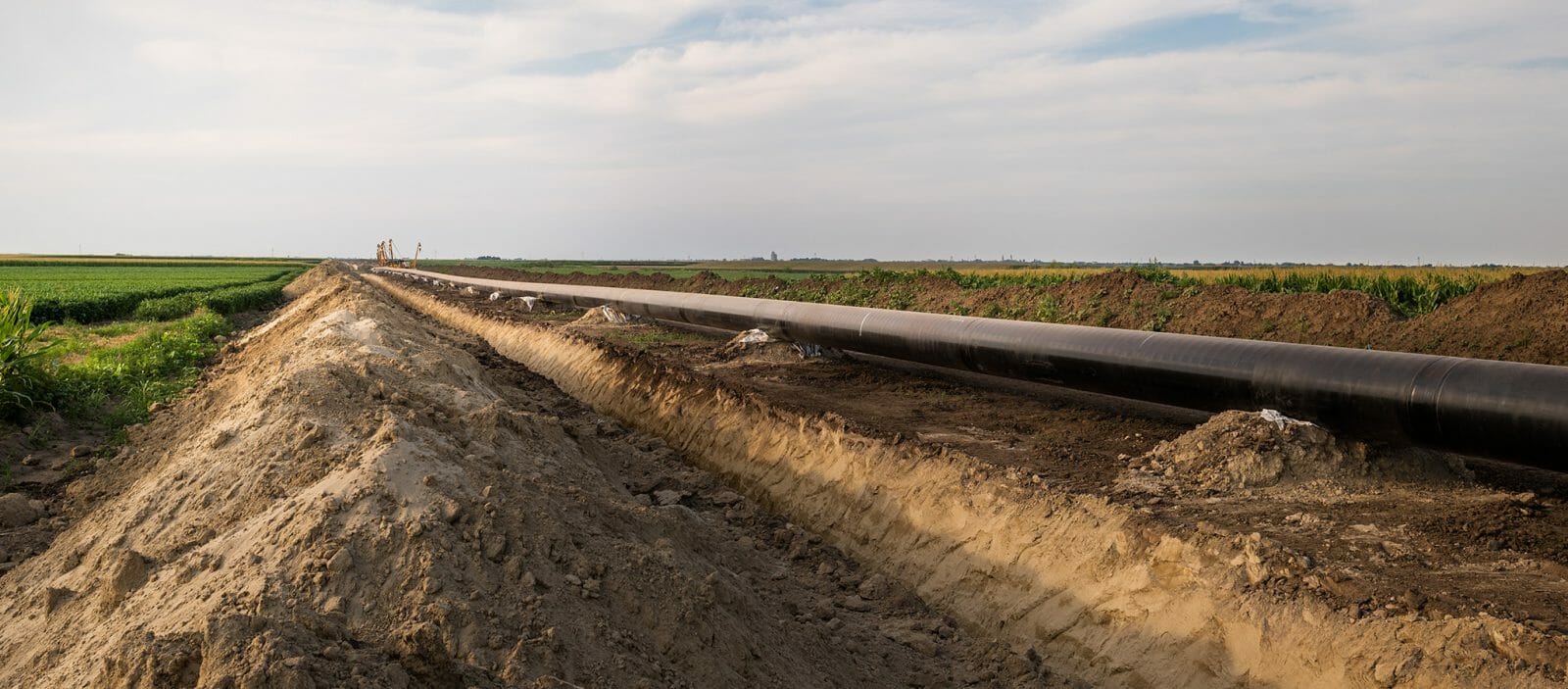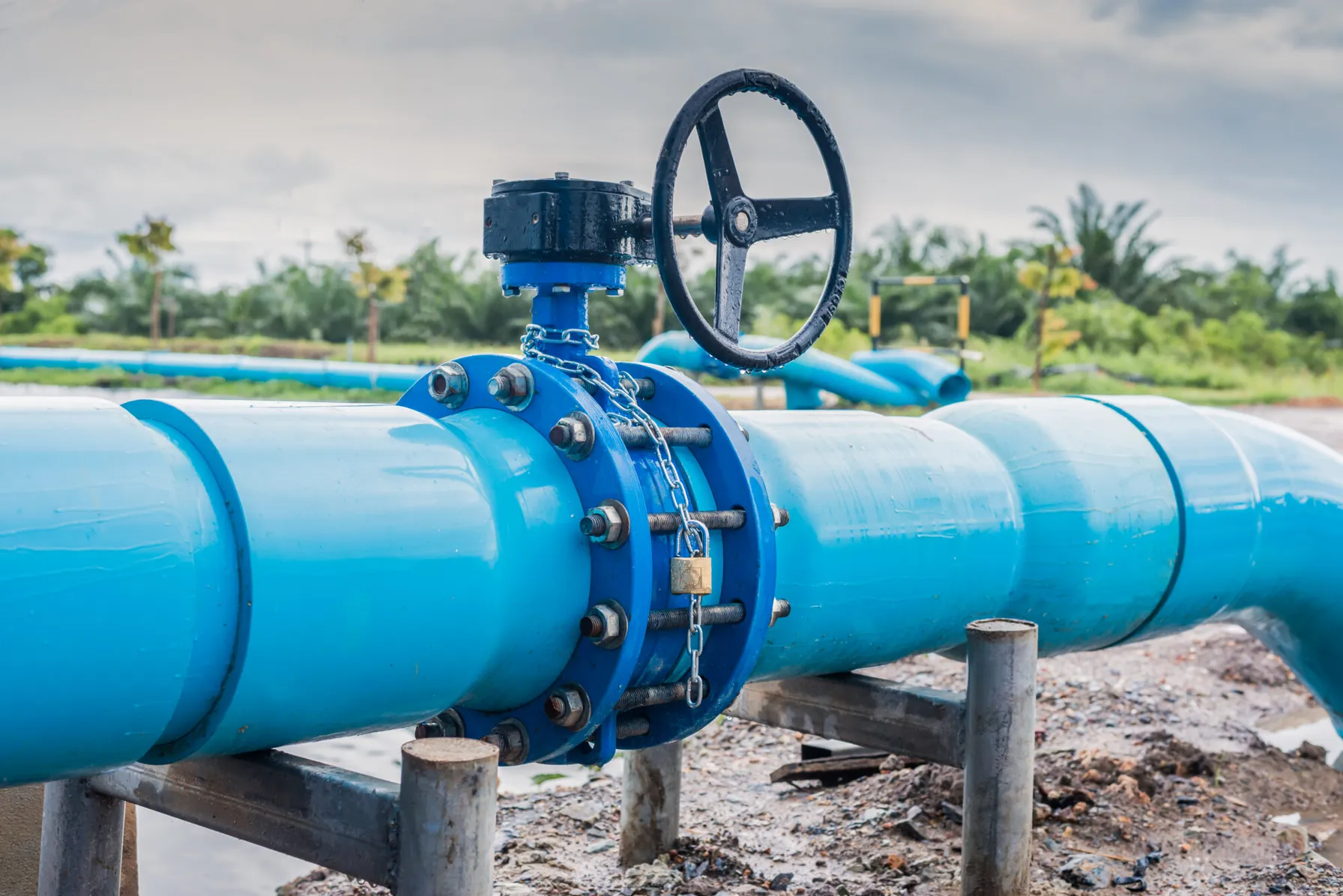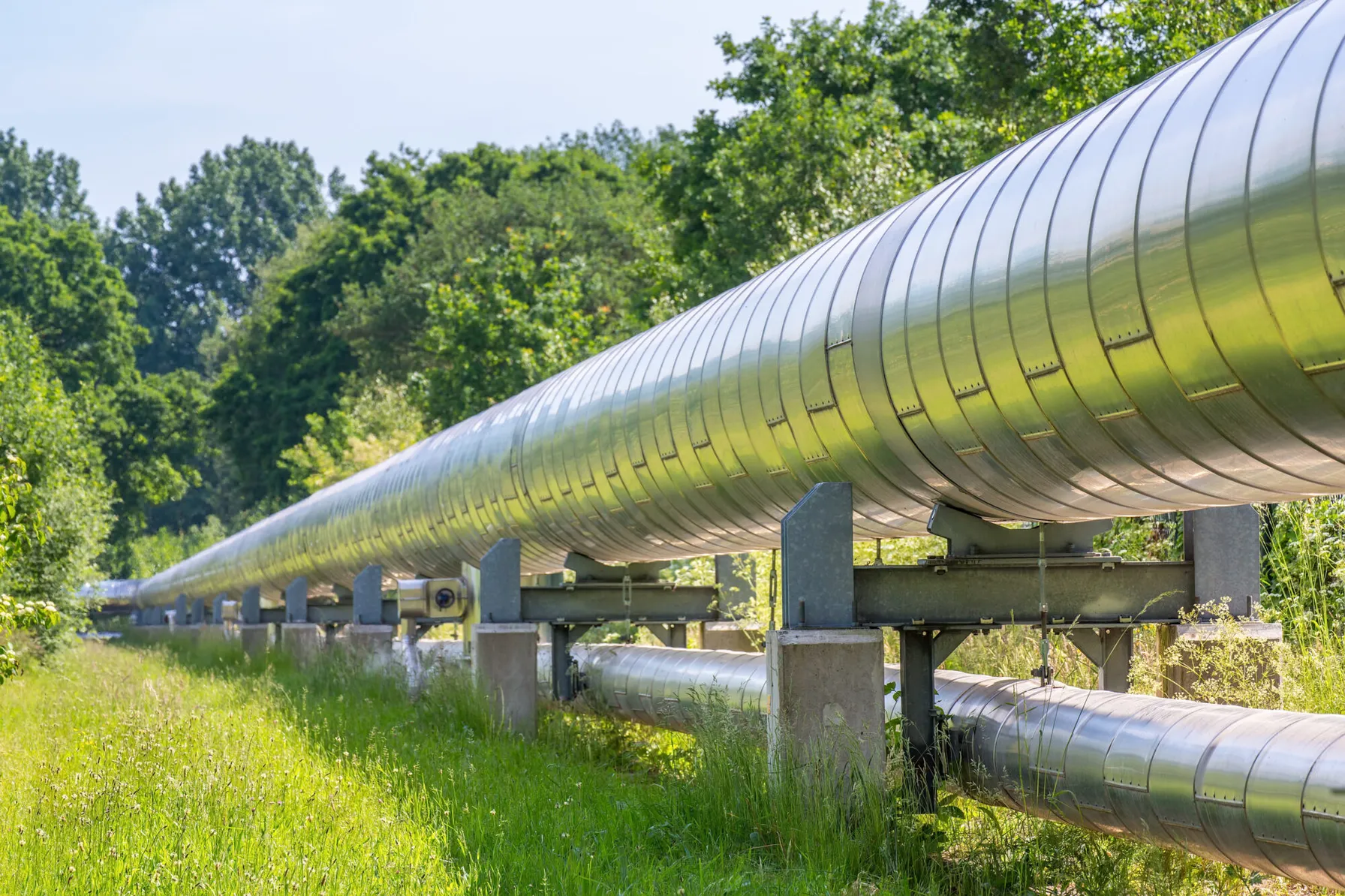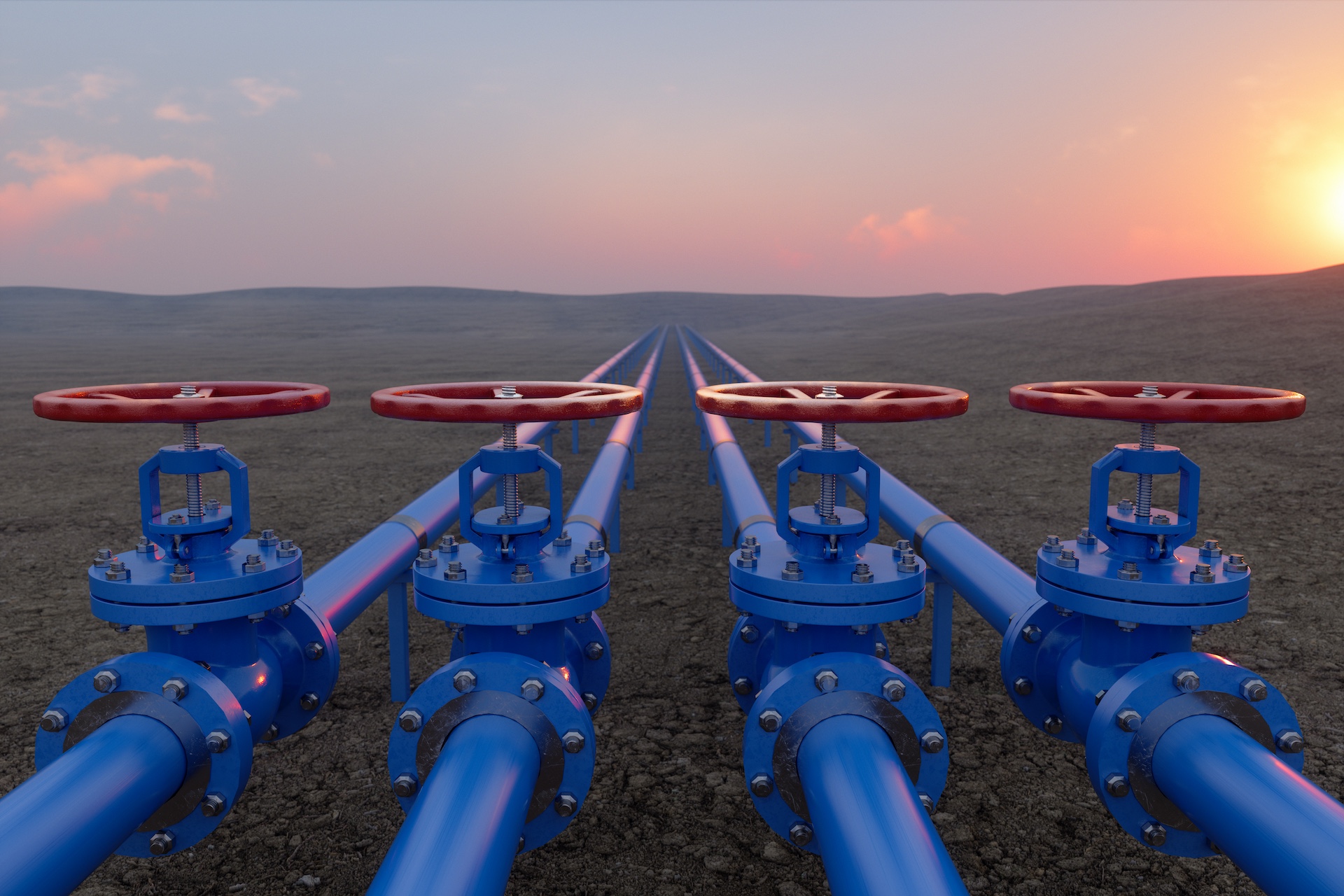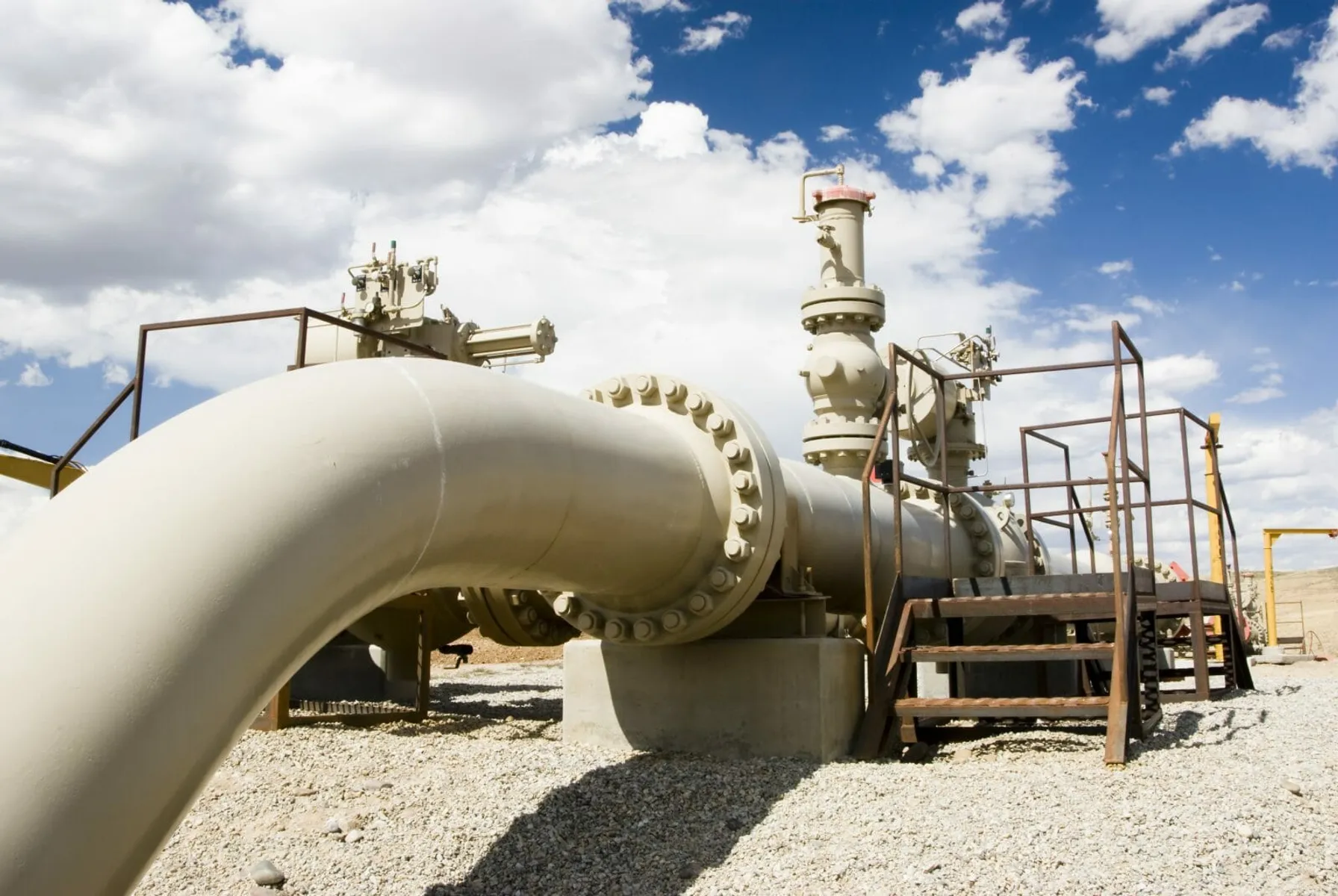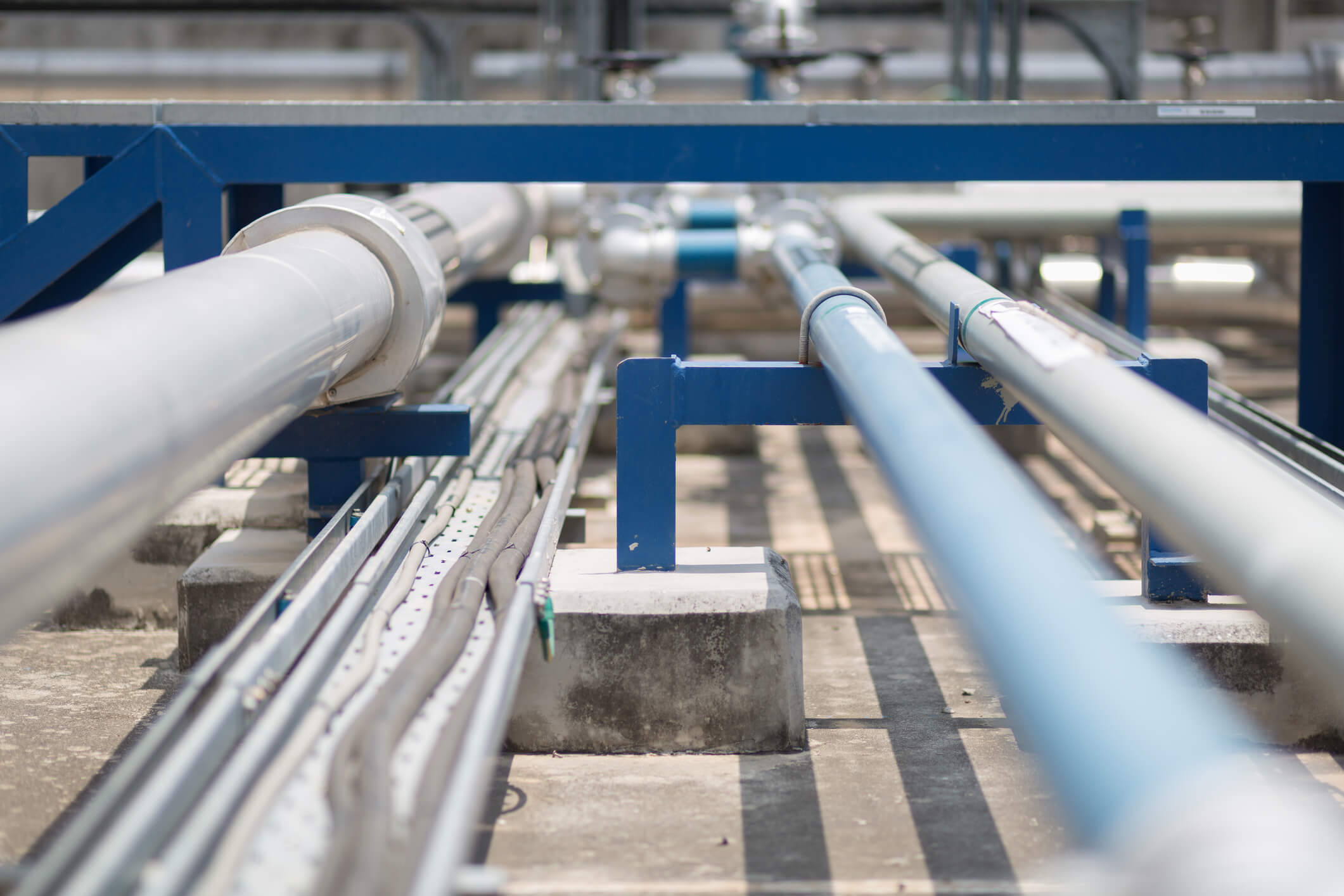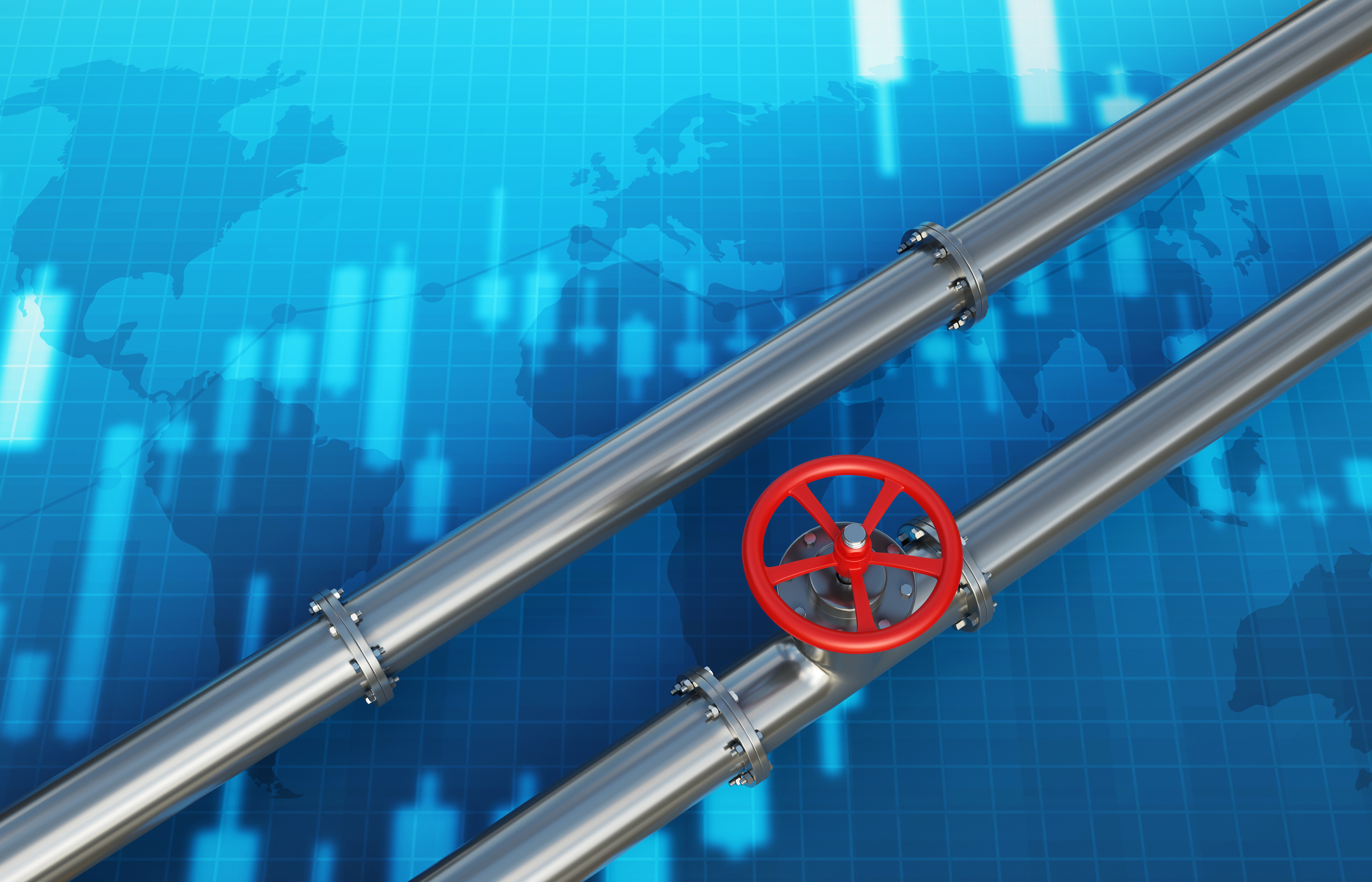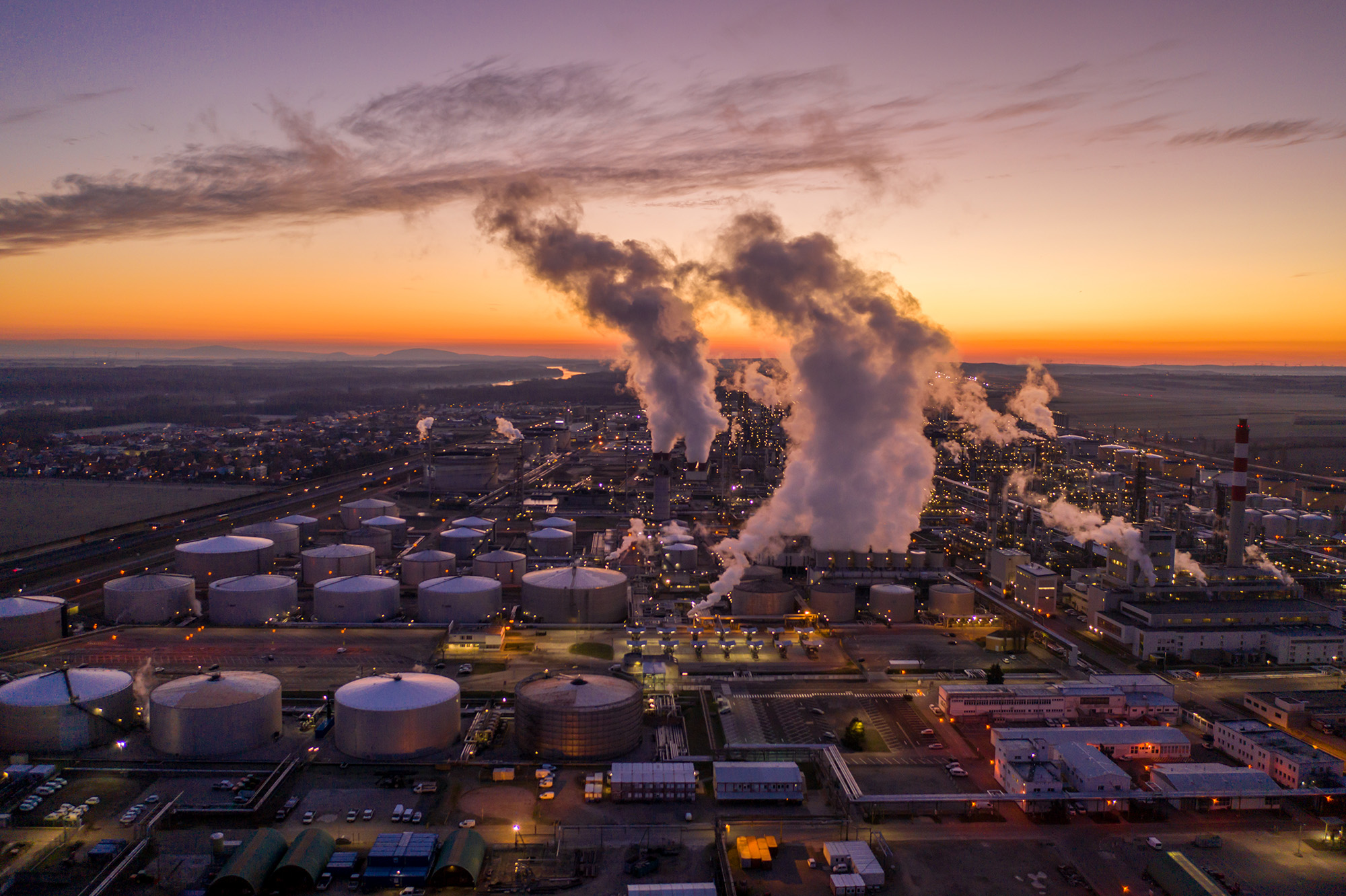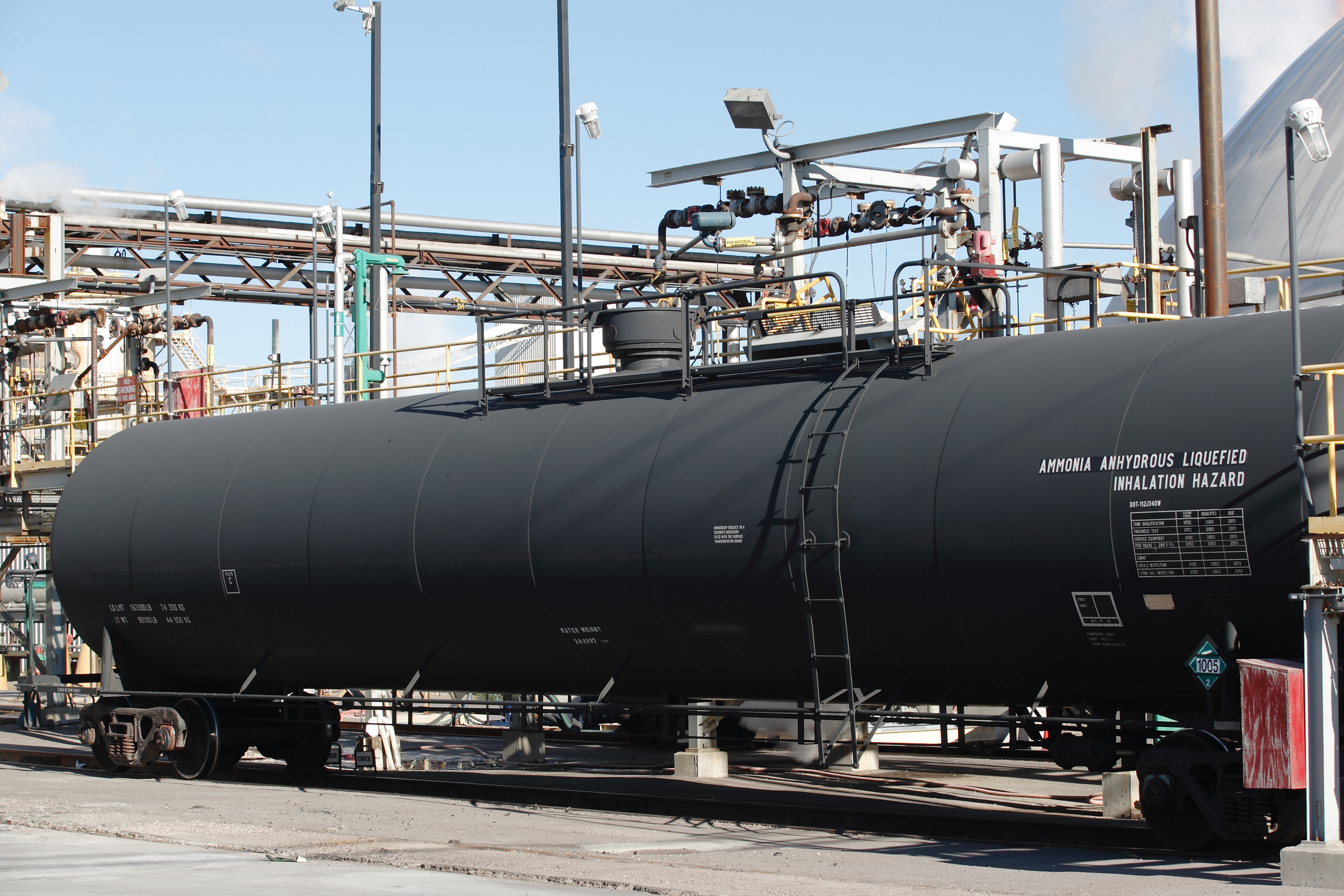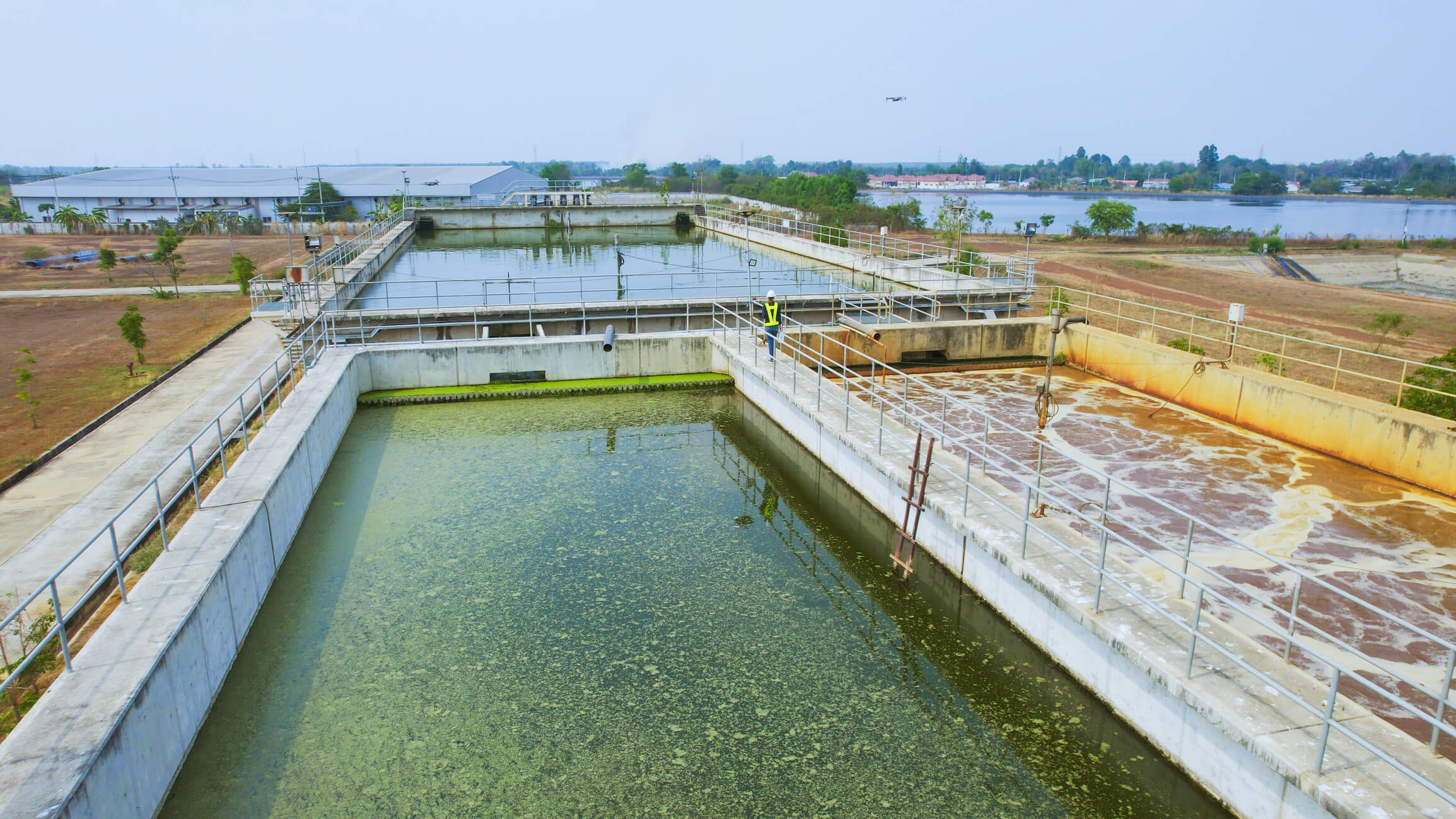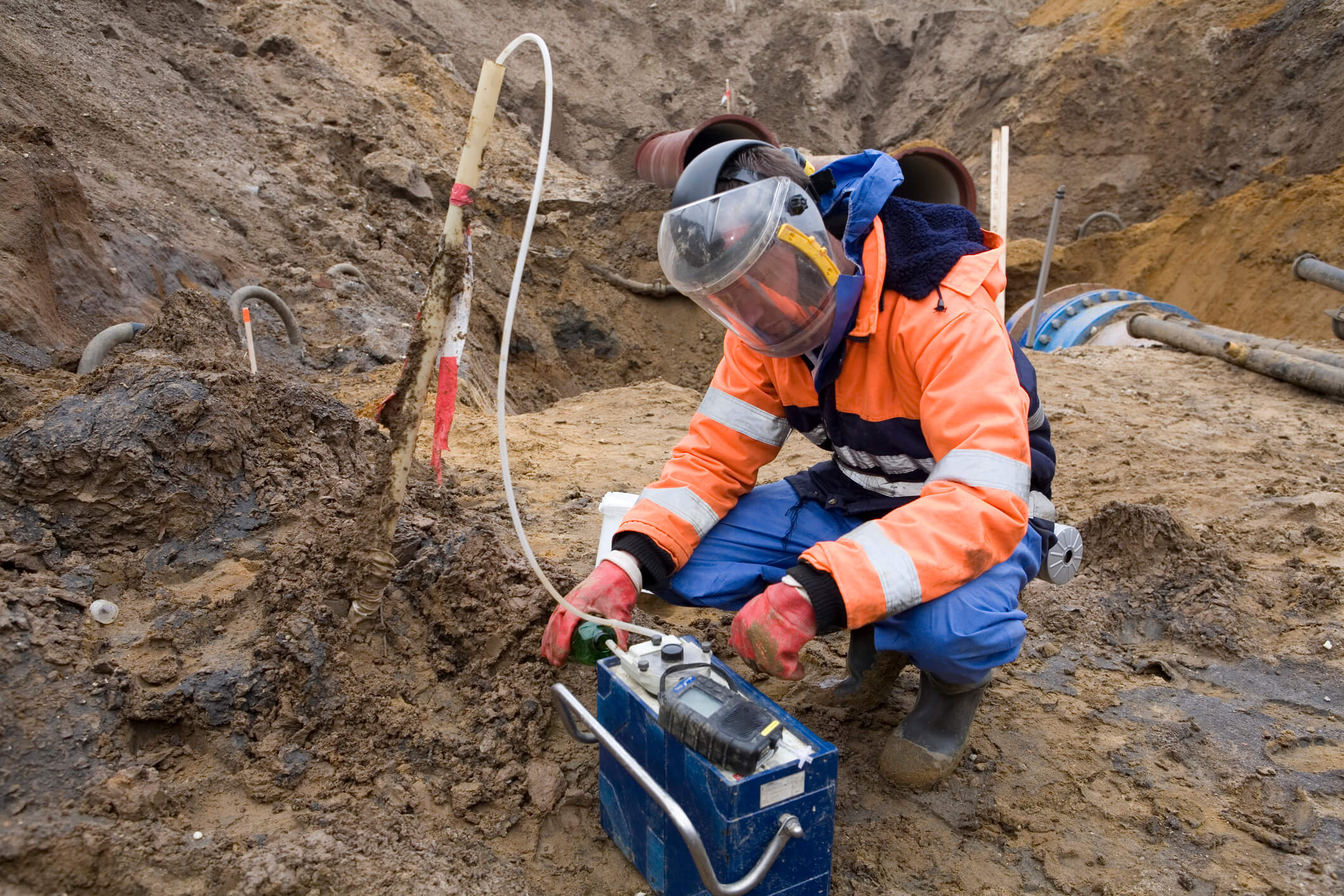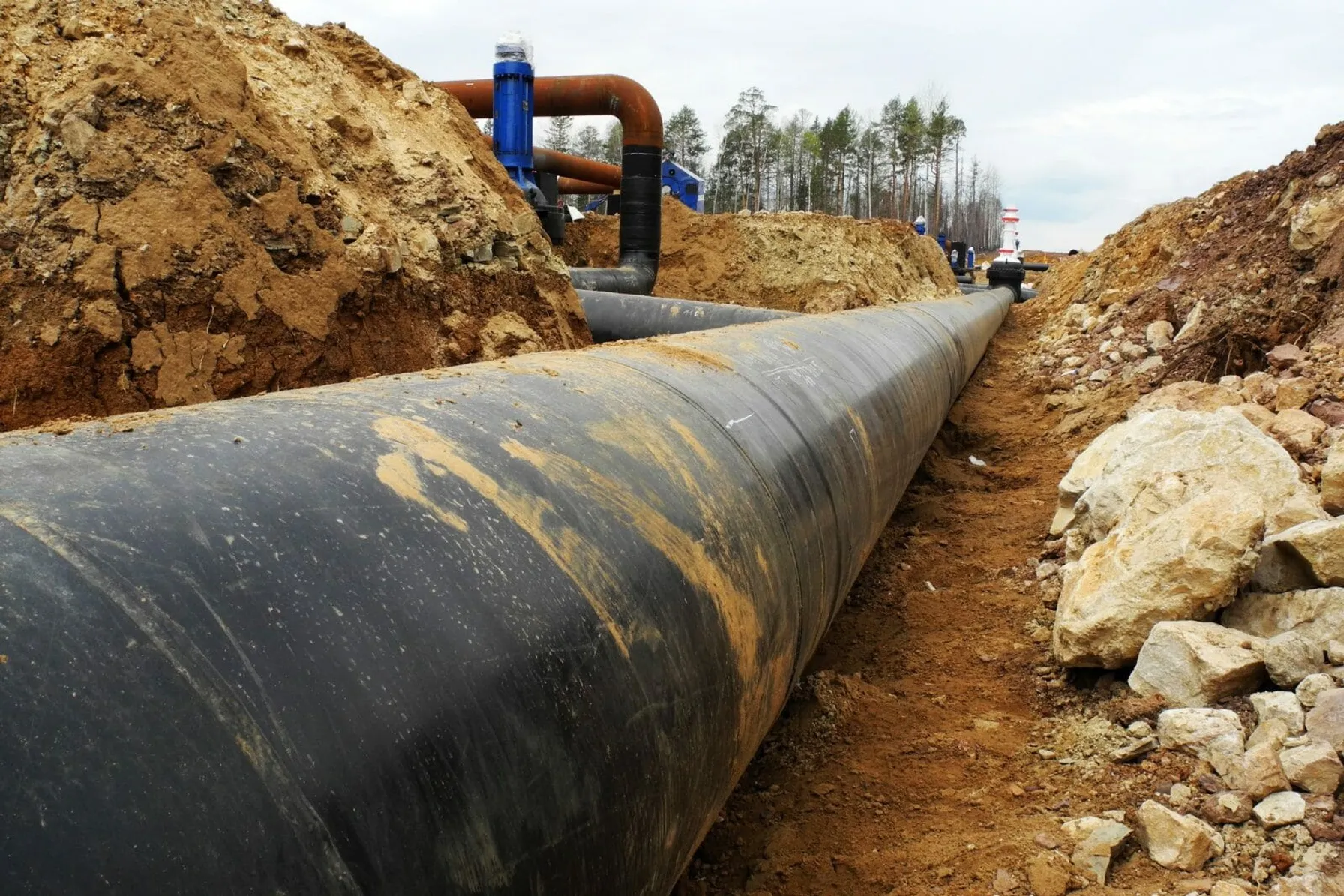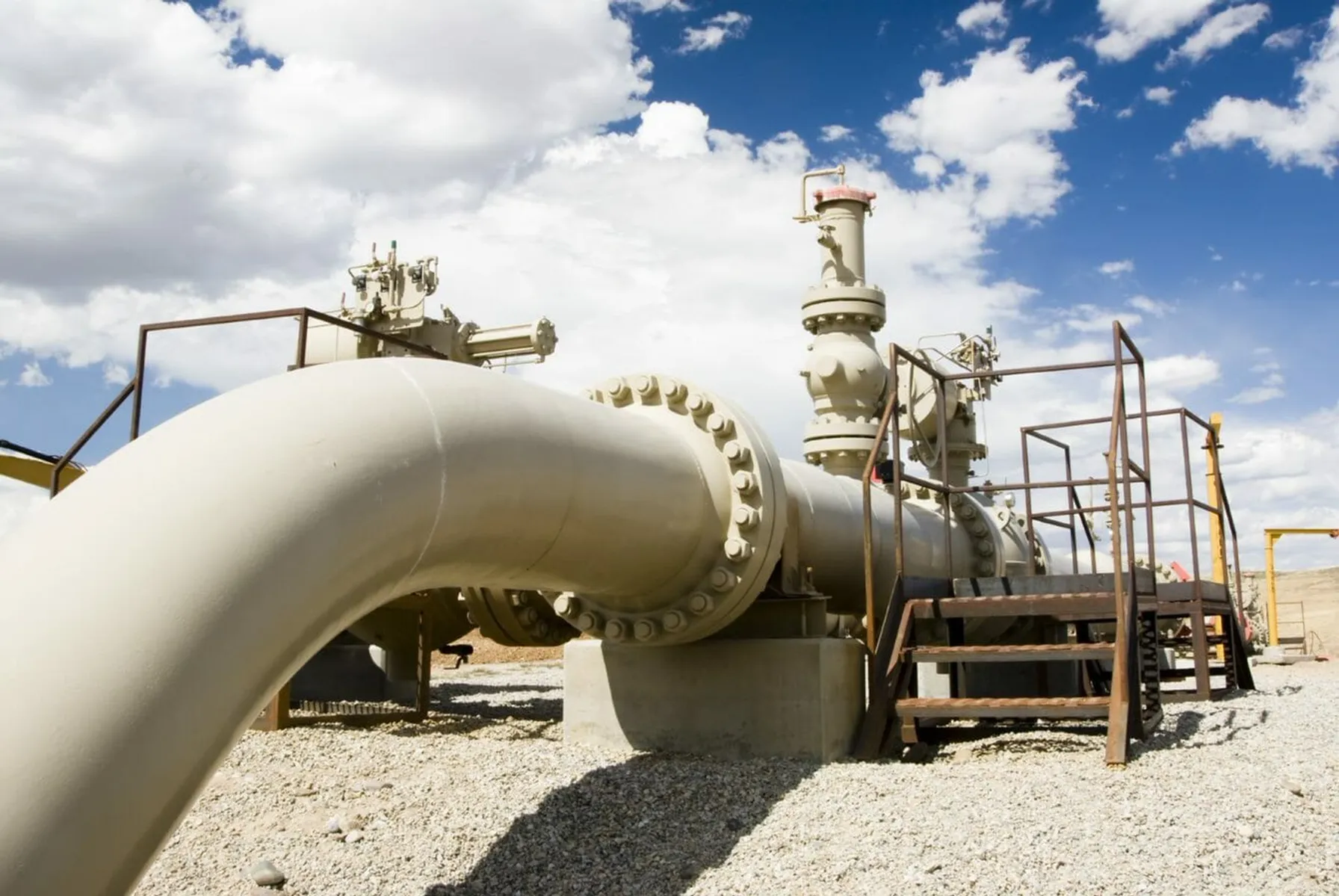
“Minimizing methane emissions from pipelines will help improve safety and combat climate change, while creating jobs for pipeline workers,” said PHMSA Acting Administrator Tristan Brown. “Pipeline operators have an obligation to protect the public and the environment by identifying and addressing methane leaks.”
In the advisory, PHMSA reminds operators of their obligation to comply with Section 114 of the PIPES Act
By December 27, 2021 which includes prevention and mitigation of pipeline emissions and replacement/remediation of legacy material pipelines.
In January 2021, President Biden signed Executive Orders aimed at demonstrating the administration’s commitment to making domestic and international climate change a top priority for the federal government. In the U.S., the onshore oil and gas sector is the largest domestic industrial source of methane emissions according to the Environmental Protection Agency. Methane has nearly 30 times the heat-trapping power of carbon dioxide in the earth’s atmosphere.
The advisory bulletin applies to the nation’s entire 2.8 million-mile pipeline network, over 17,000 underground natural gas wells and 164 liquefied natural gas facilities—covering an estimated 1/3rd of the estimated methane emissions from the oil and gas sector. PHMSA and state pipeline safety regulatory programs will begin inspecting operator plans for compliance with the requirements in 2022.
Next Steps – TRC Can Help:
Learn more about TRC’s support services related to Section 114 of the PIPES Act such as gap assessments via the Act, replacement projects, leak detection, monitoring, analysis, predictive analytics, reporting, procedure and practice reviews and updates.
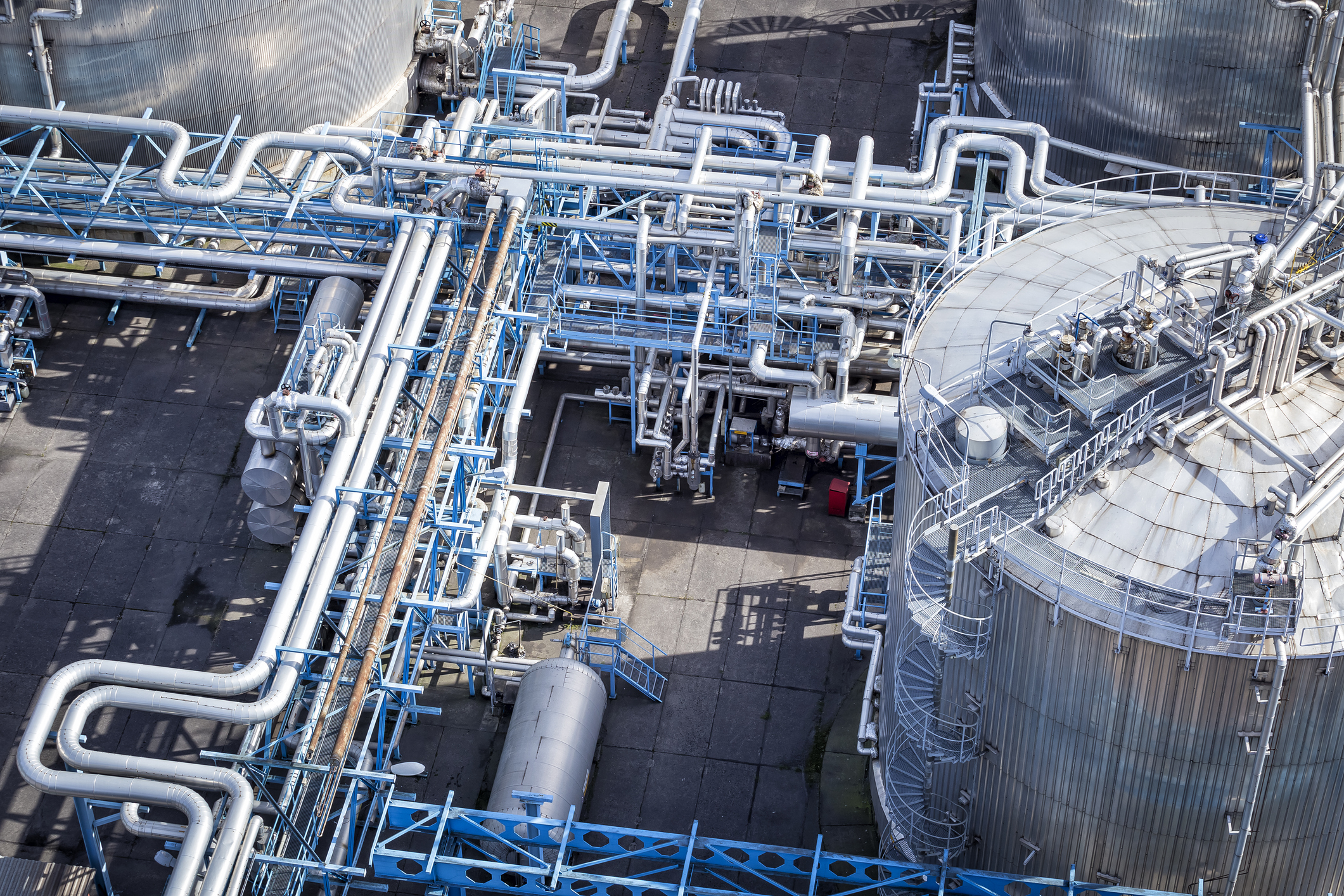
Resources
The Act requires operators to update their inspection and maintenance plans
Our team can help you identify procedures to prevent and mitigate both vented (intentional) and fugitive (unintentional) pipeline emissions. Vented emissions can occur during repairs, maintenance, pressure relief systems or other controlled activities. Fugitive emissions include leaks from mains or service lines, natural gas meters, or excavation damage, as well as other accidental releases.
In addition to addressing intentional and unintentional emissions, the advisory also specifies that operator plans are required to address the replacement or remediation of pipelines made from cast iron, bare steel, certain vintage plastic or other legacy materials that are known to cause a disproportionately large share of incidents involving methane leaks. We can support you with your replacement program, remediation plans, leak detection, analysis and project prioritization.
TRC is working diligently on many projects To identify and reduce emissions
For more information on these projects and to learn how TRC can help please contact Charles E. Venditti, PE, PMP; Pipeline Integrity Manager at CVenditti@TRCCompanies.com or 812-470-0695.
